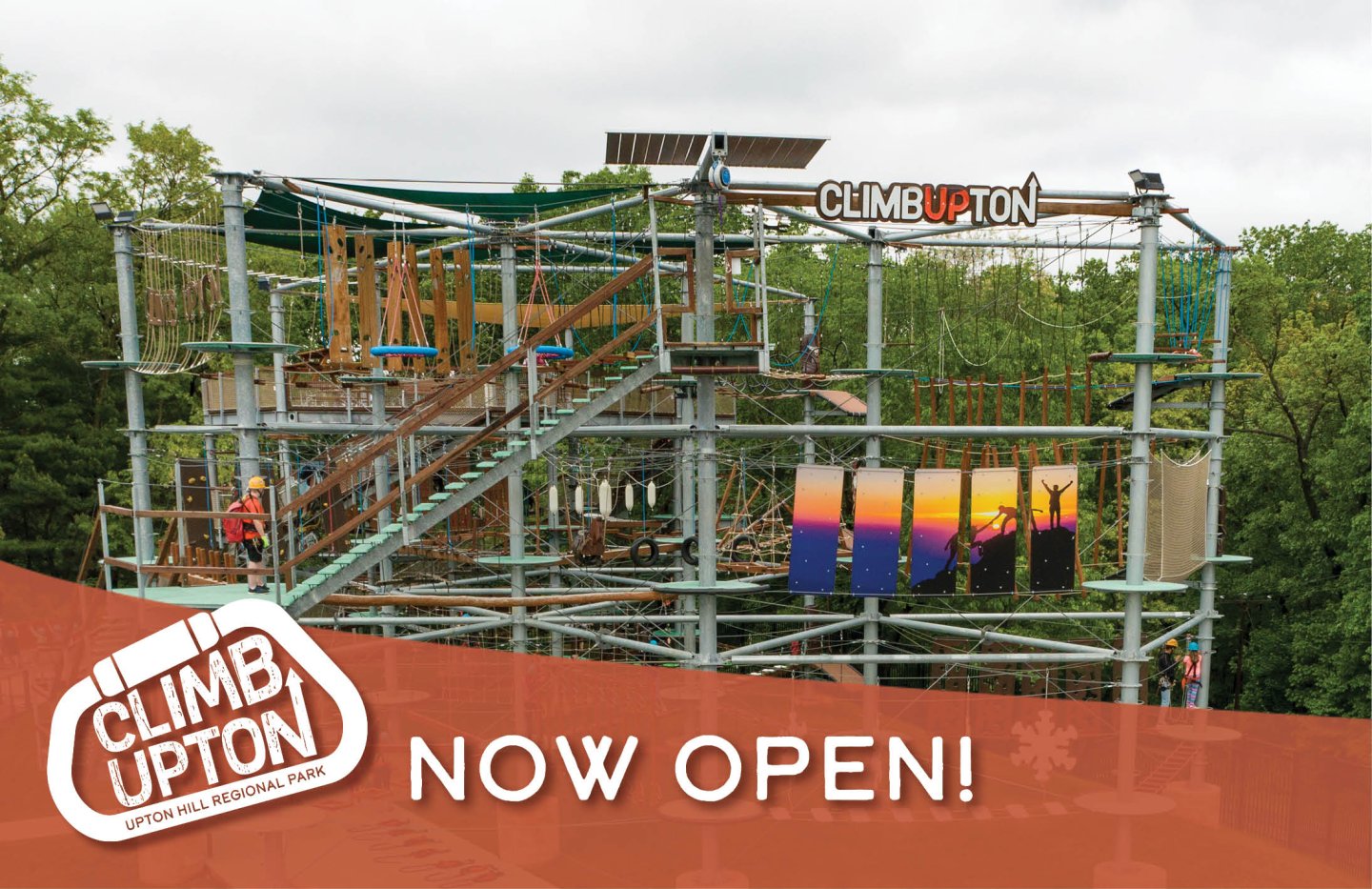Meadowlark Botanical Gardens
Bonsai Pavilion

In 2010, Dr. William Orsinger, a long-time member of the Northern Virginia Bonsai Society (NVBS), donated his Bonsai collection to Meadowlark Botanical Gardens (Meadowlark).
In 2017, NVBS began caring for the trees and, in 2018, partnered with Meadowlark in the placement, design, and construction of the Bonsai Pavilion. Donations to build the pavilion were provided by Eric Yoshihashi and Rae
Nuppenau. Members of NVBS loan their trees and provide daily care for all bonsai trees on display. Members of NVBS also serve as docents, explaining the art of Bonsai and answering visitor questions.
Bonsai Trees
“Bonsai” is a Japanese word that means “tree in a pot or tray.” Over hundreds of years, Bonsai has become an art form in which the tree and pot form a single unit imitating nature in miniature. The tree is carefully shaped by trimming and wiring its branches and trunk to achieve a natural shape. Over time, its leaves or needles are reduced in size to complement the dimensions of the tree.
In addition to branch pruning, Bonsai are periodically removed from their pots to trim the roots, allowing the plant to continue to thrive in the container. Bonsai are usually planted in a coarse, well-drained soil mixture, including pumice, lava rock, and other ingredients that help the roots thrive in such a constrained environment.
History of Bonsai
The art form of Bonsai originated in China as “Penjing” or “Penzai.” Han Dynasty murals from approximately 200 B.C. show trees in pots used to recreate mountain or forest scenes inside palaces. Penjing are still created mainly in China. Trees in pots came to Japan in the 11th and 12th centuries. Buddhist monks adopted the practice of using a single tree to guide their meditation. The principles and styles that are often used today were established during the Edo period (1693-1868). Bonsai was first introduced to the West at the 1876 Philadelphia Exposition and the 1878 Paris Exhibition. Bonsai came to the United States and other countries following World War II and has flourished as an art form and hobby. American Bonsai reflects culture and personal experiences. The trees located in the Bonsai Pavilion
include elms, pines, spruces, maples, cypresses, and azaleas.


